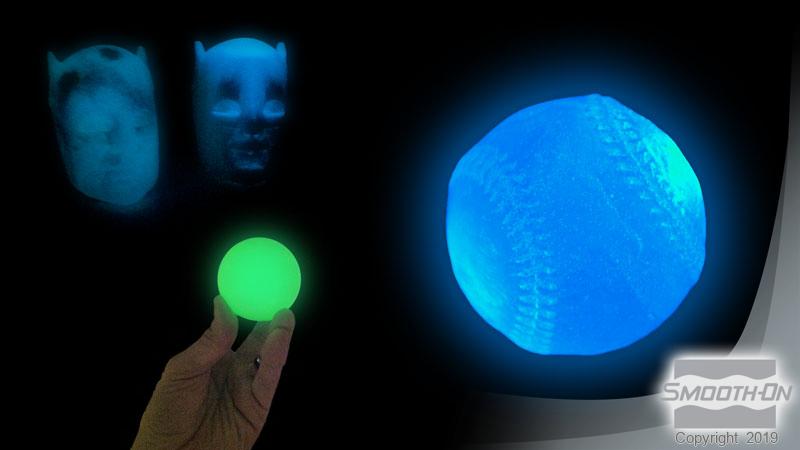
Two of the three species were named Polycirrus onibi and Polycirrus aoandon as a reference to their bluish-violet luminescence, the team said. Newly discovered sea worms named after demon, ghostĪfter the discovery of the worms from different parts of Japan, the researchers opted to give them Japanese names. The findings were published on March 29 in the journal Royal Society Open Science. "However, we later discovered what we thought was a single species of Polycirrus was actually three different species." "Our previous research on the luminescence of the genus Polycirrus had established it as a valuable subject for bioluminescence studies," Jimi said in a statement. Jimi said they were amazed by the discovery and felt a sense of duty to document and classify them. Study authors Naoto Jimi and Manabu Bessho-Uehara discovered that all three of these new species emit a blue-violet light in their underwater environments. Bioluminescence is a treasure trove of interesting and unusual chemistry." - Study author Naoto Jimi "Understanding these luminescence mechanisms contributes to medical and life science research. The research team, led by two scientists from Nagoya University's Graduate School of Science, said science remains limited to only certain species because some are quite difficult to classify. For example, replacing the silkworm fibroin gene with the spider gene spidroin could produce spider-like silk, which has many possible uses, ranging from the fibers in bullet-proof vests to parachutes.There are more than 7,000 species of bioluminescent organisms in the world, but scientists have only studied a small fraction. "Silkworms can produce 400 mg of silk protein per animal and may be used as an insect factory for the production of many useful proteins," says Mori. The fibroin promoter in particular is very strong.

Other approaches which use transposons, such as P-elements, integrate foreign genes into random sites in the genome. A major advantage of this approach is that the foreign DNA is inserted specifically at the site of the silkworm's own fibroin gene, keeping it under the control of endogenous promoters. As the researchers report in Genes & Development ( 13, 511–515, 1999), the silk glands (see inset) and fiber from the worms containing the fusion gene glowed green.

When silkworms were infected with the virus, the endogenous fibroin gene was knocked out and replaced with the genetically engineered gene through a process of homologous recombination. In their efforts to develop an insect system to produce foreign proteins, they have engineered a baculovirus that fused the gene coding for one of the chains of the silkworm fibroin gene, the major protein in silk, to the gene encoding green fluorescent protein. If fluorescent green silk becomes the next fashion trend, Hajime Mori and his colleagues at the Kyoto Institute of Technology have it made.


 0 kommentar(er)
0 kommentar(er)
